Building in Marrakech's Palmeraie: advantages and constraints
Introduction to the Palmeraie de Marrakech General presentation of the Palmeraie The Palmeraie de Marrakech is a vast natural area of unique biodiversity, extending over several thousand hectares. It is a veritable ecological and historical jewel in the heart of Morocco, attracting thousands of visitors every year. Known for its lush landscapes, the Palmeraie is much more than just a tourist attraction; it is a symbol of sustainability and harmony between man and nature. Historical and cultural significance The Palmeraie was founded in the 12th century by the Almoravid dynasty, and represents a rich cultural heritage for Marrakech. It bears witness to ancestral agricultural practices and the ingenuity of irrigation systems used for centuries. The site is considered an essential part of the region's cultural identity, reflecting Moroccan history and traditions. The Marrakech palm grove enjoys a semi-arid climate, with abundant sunshine all year round, favoring optimal growth of the palm trees. Its unique geography, situated between the desert and the Atlas Mountains, offers a microclimate conducive to biological diversity. This region is characterized by significant temperature variations between day and night, influencing construction and landscaping methods. Economic importance of the Palmeraie Role in the tourism industry The Palmeraie plays a crucial role in Marrakech's tourism sector. As the main natural attraction, it draws visitors from all over the world, actively contributing to the local economy. The luxury hotels, golf courses and wellness centers that dot the Palmeraie also contribute to Marrakech's appeal as a top tourist destination. Agricultural production and palm farming In addition to tourism, the Palmeraie is also the center of flourishing agricultural production, thanks in particular to the cultivation of date palms. These produce high-quality dates for export and local consumption. Not only is date harvesting an important economic activity, it is also deeply rooted in the region's cultural traditions, marking high points in the local agricultural calendar. Advantages of building in the Marrakech palm grove Environmental advantages Accessibility of natural resources Building in the Marrakech palm grove offers privileged access to local natural resources. Thanks to the abundance of palm trees and the use of traditional irrigation techniques, building projects have the opportunity to blend harmoniously with the surrounding landscape. The use of local materials, such as raw earth and adobe, helps to reduce the carbon footprint of construction while preserving the region's architectural character. Favorable to renewable energies The Palmeraie's sunny climate is a major asset for the development of renewable energies. The continuous exposure to the sun makes it easy to install solar panels, providing an opportunity for energy autonomy and long-term cost reduction. In addition, the use of sustainable energy solutions contributes to the conservation of the Palmeraie's unique ecosystem. Economic opportunities Growing tourism hub The Palmeraie is a booming tourism hub, representing a considerable economic opportunity for investors and property developers. The development of tourism infrastructures, such as luxury resorts and theme parks, boosts local employment and stimulates the economy. The growing appeal of ecotourism in the region further strengthens interest in sustainable, environmentally-friendly projects. Real estate and land value Investing in the Marrakech Palmeraie can be extremely lucrative due to the steady rise in real estate and land values. The region's natural beauty, combined with Marrakech's reputation as a prestigious destination, attracts buyers from all over the world. This growing demand is generating property appreciation, making real estate investment particularly attractive in this exclusive environment. Social and cultural aspects Potential for promoting local culture Building in the Palmeraie provides an opportunity to enhance and promote the rich local culture. By incorporating local cultural elements into architectural projects, such as Berber motifs and traditional architectural styles, developers are helping to preserve cultural heritage. These initiatives also promote the sustainable development of the region by reinforcing local identity and attracting cultural tourism eager to discover these riches. In short, building in the Marrakech Palmeraie offers numerous environmental, economic and cultural advantages. These assets encourage the development of projects that respect and are in harmony with the region's exceptional ecosystem, while offering promising economic prospects and preserving the area's cultural wealth. Constraints to construction in the Marrakech palm grove Environmental limitations and sustainability Rational management of water and natural resources Construction in the Marrakech palm grove presents significant challenges in terms of managing water resources, a precious resource in this arid region. Traditional irrigation methods, while effective for agricultural practices, need to be modernized to meet the growing water requirements of new construction. This requires the integration of water-saving technologies and the development of efficient management systems to avoid the depletion of natural resources. Preserving the water balance of the Palmeraie is essential to maintain its unique ecosystem and flourishing biodiversity. Environmental impact on palm trees and biodiversity The proliferation of construction activities can have a negative impact on the region's emblematic palm trees and surrounding biodiversity. Construction sites can disrupt the natural habitat, leading to reduced populations of certain native species. It is crucial to adopt environmentally-friendly construction practices to minimize ecological damage. Environmental impact assessments must be carried out systematically prior to any project in order to preserve this rich biodiversity. Ecological compensation measures, such as reforestation and the creation of ecological corridors, should be considered to mitigate potential negative effects. Legal and regulatory constraints Strict building regulations As the Palmeraie is a protected area, it is subject to the following regulations
Building in Marrakech's Palmeraie: advantages and constraints Read More »

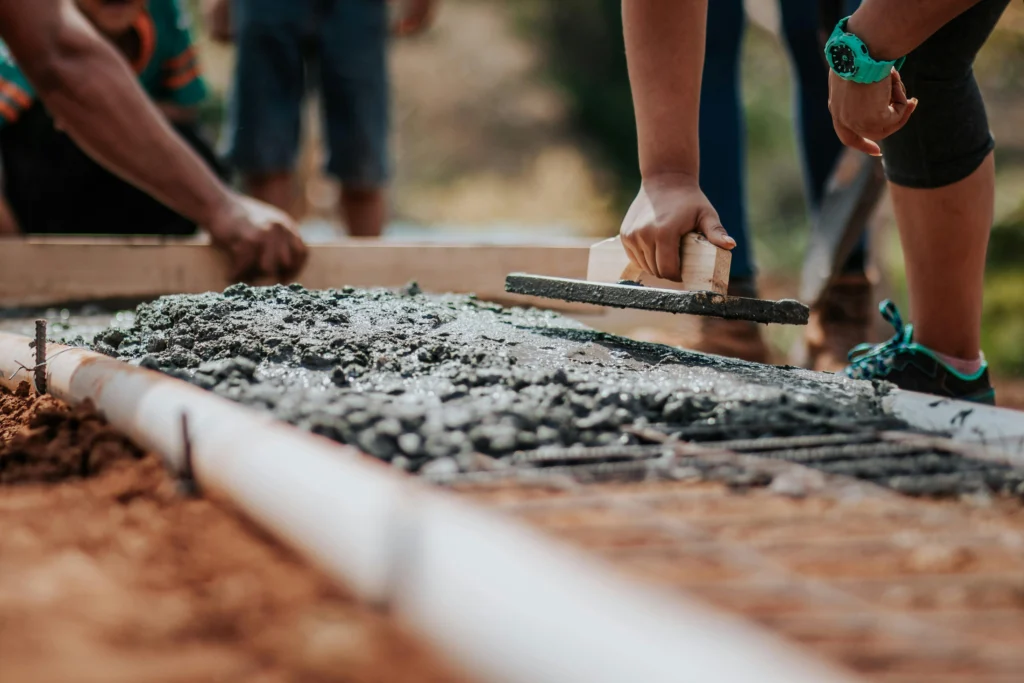
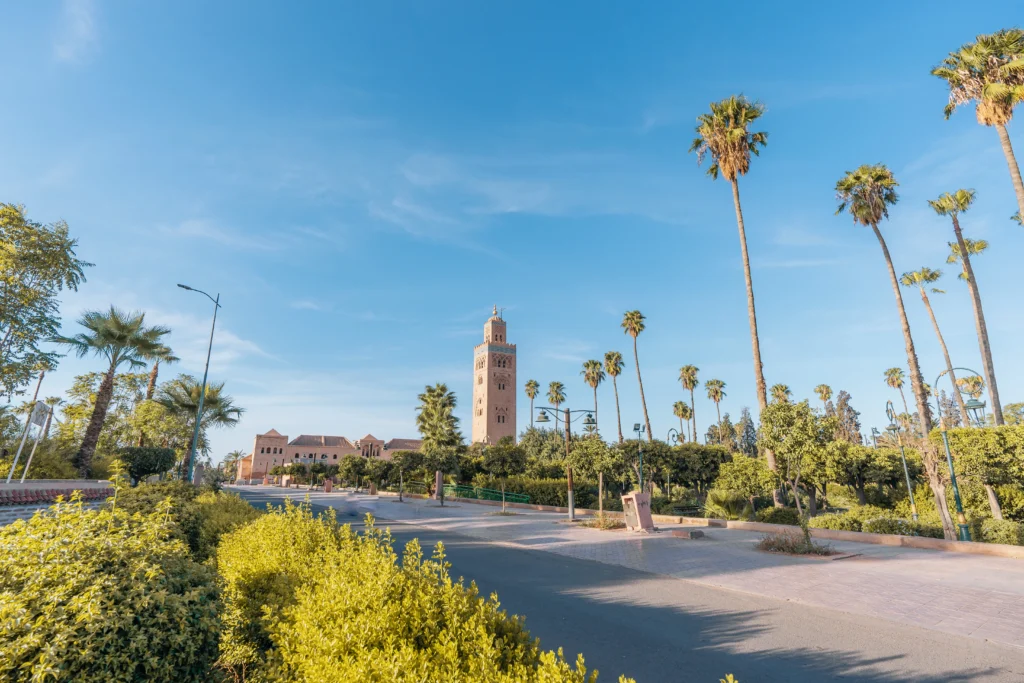
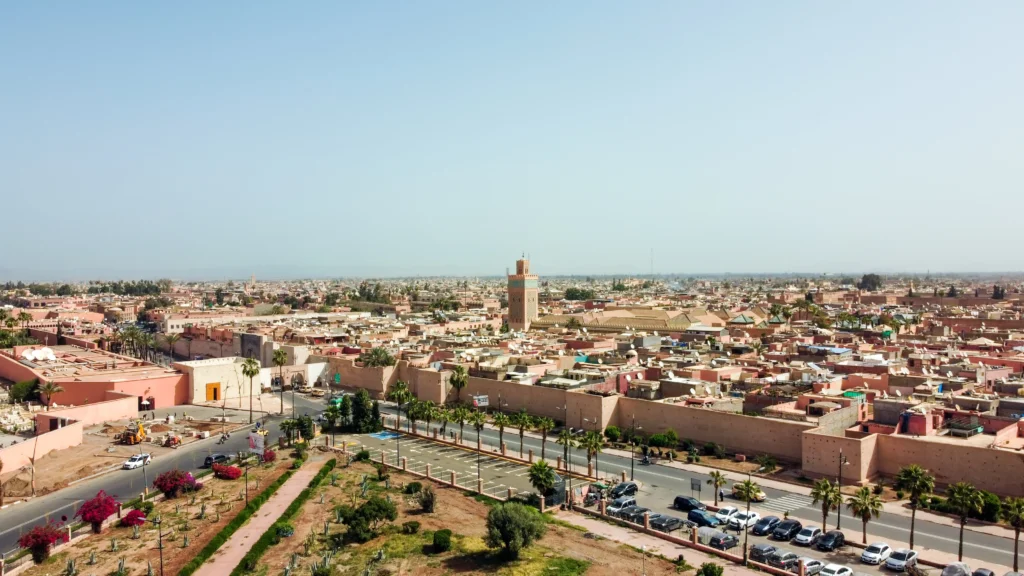
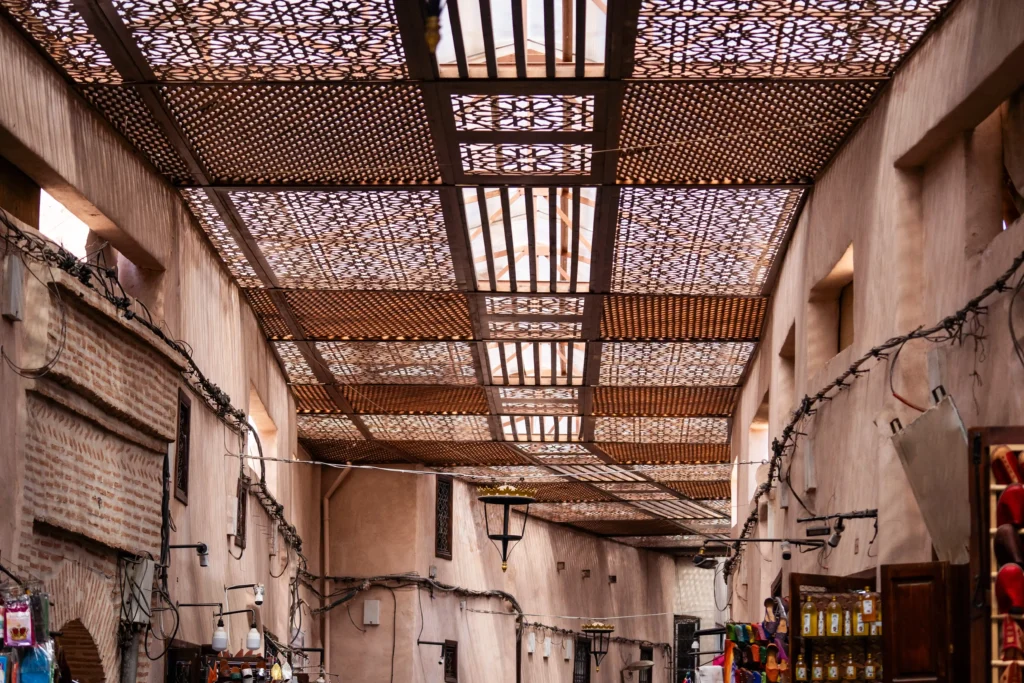
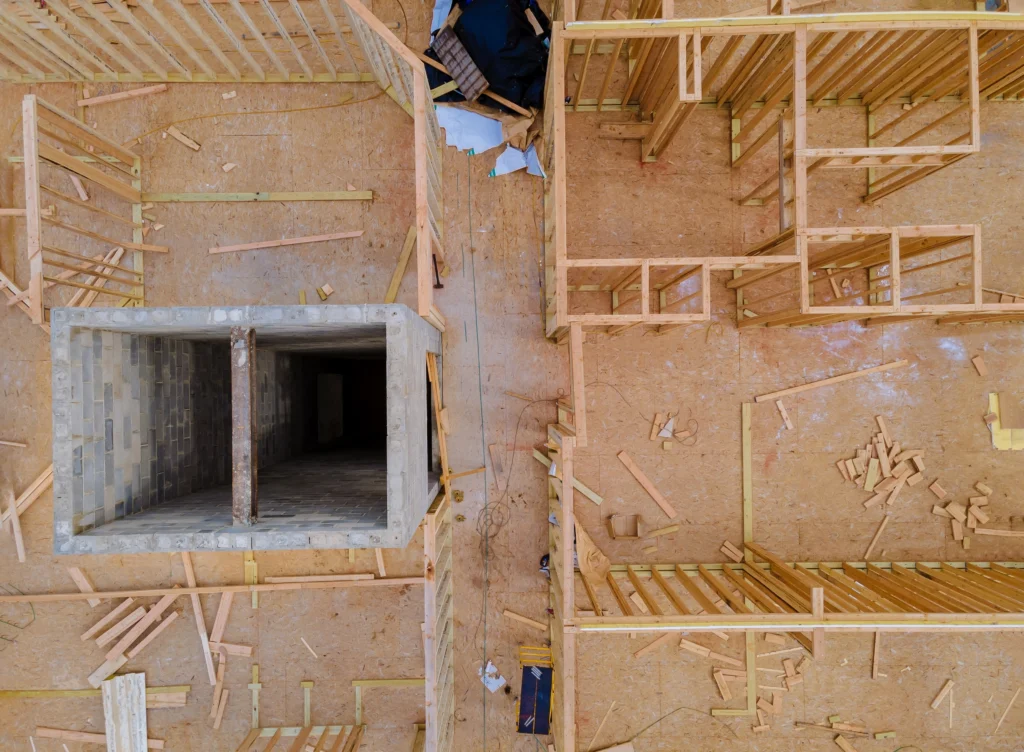

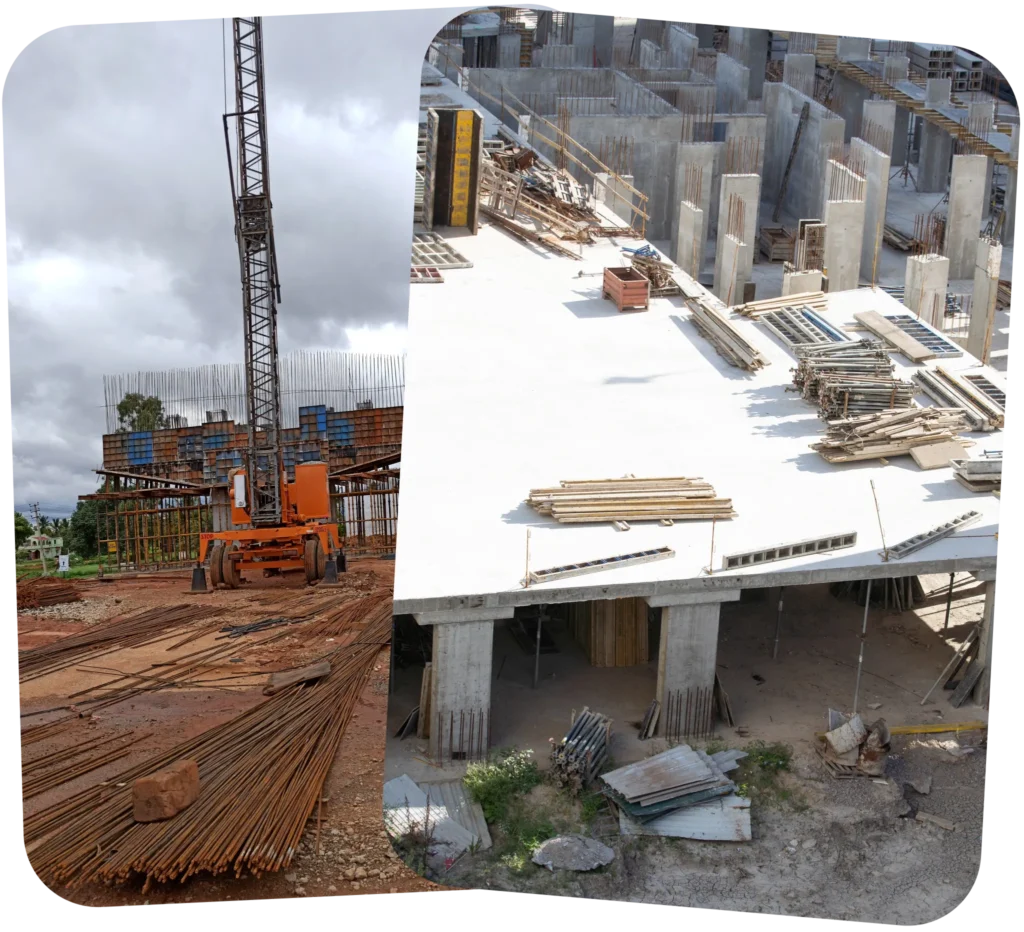
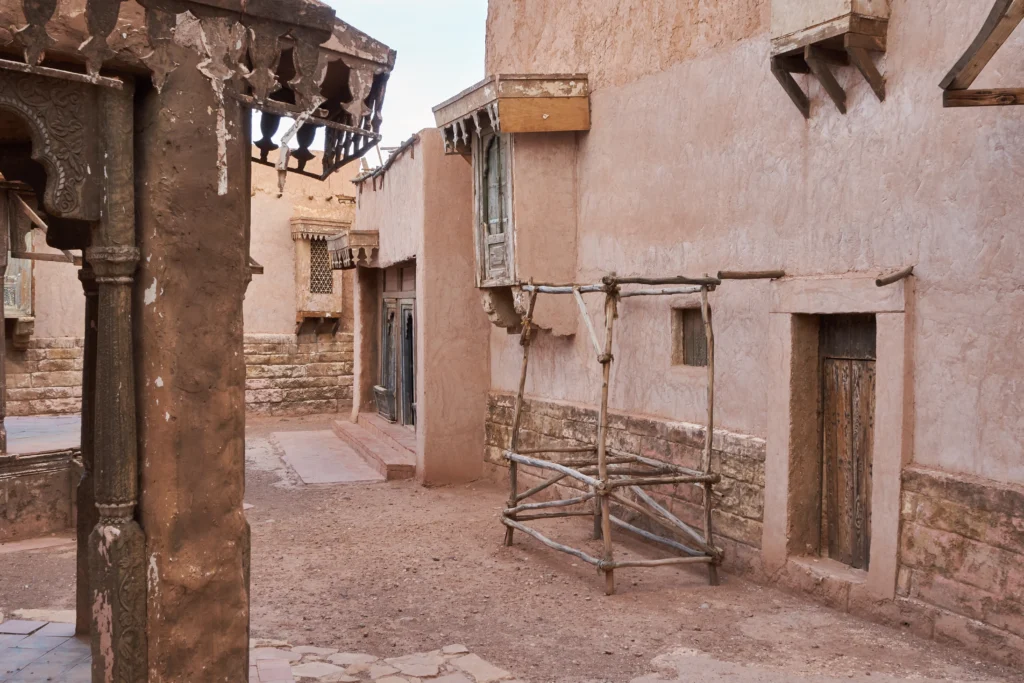
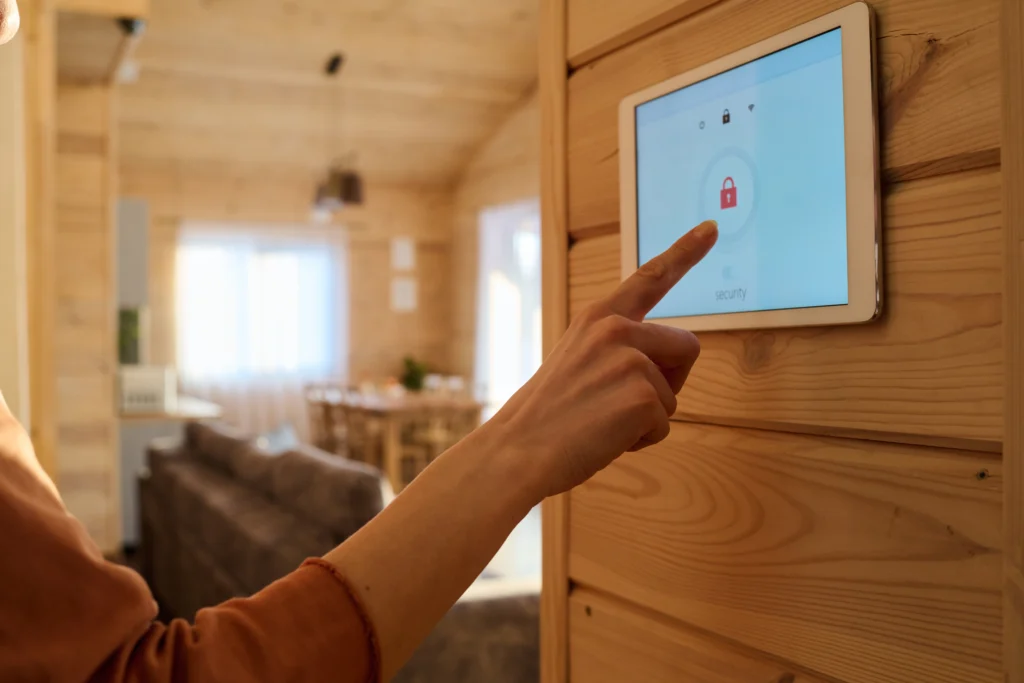
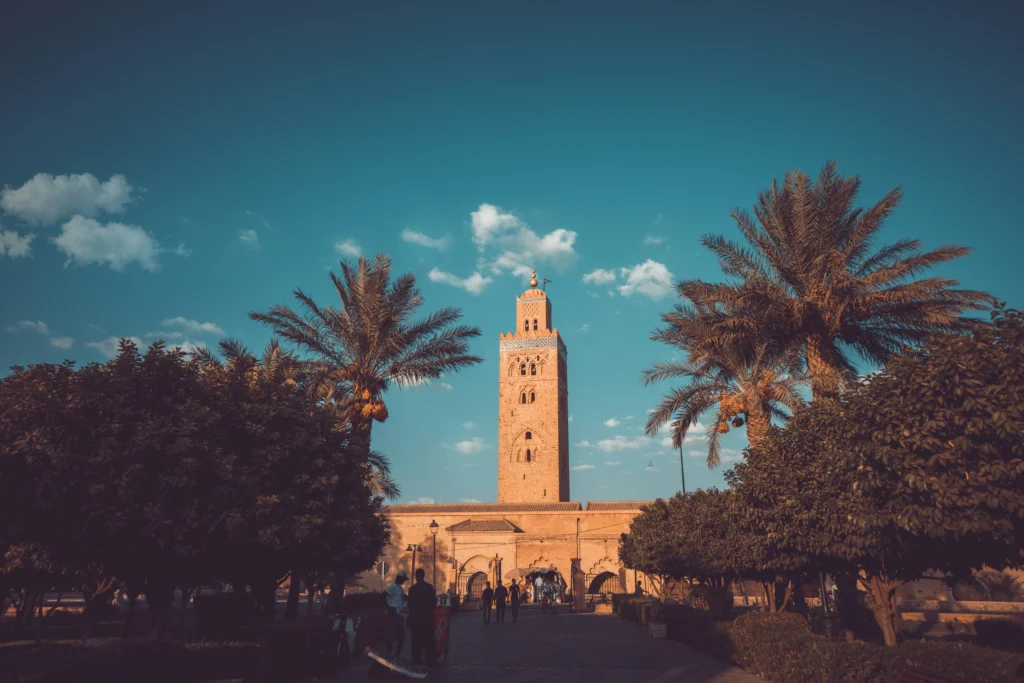

 by
by